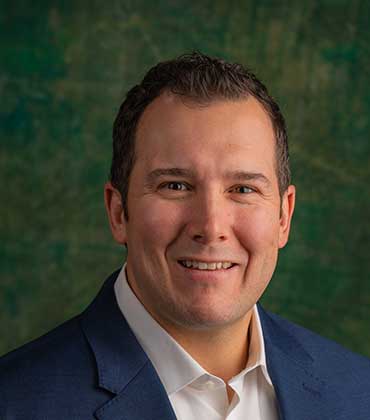The Solutions participants traveled to Pine Ridge, South Dakota, to volunteer on Oglala Lakota Pine Ridge Reservation. Our group makes this trip twice per year to partner with a non-profit organization called Re-Member.
The Pine Ridge Reservation spans over 2.8 million acres and is the second largest Native American Indian Reservation, yet in one of the poorest counties of the United States. Volunteers can be shocked to see the harsh, third-world living conditions on the reservations. It is a culture of poverty like a “Prairie Ghetto.” The population has the second lowest-life expectancy in the Western Hemisphere coupled with staggering high rates of diabetes, alcoholism and suicide.
It is common to find homes overcrowded with extended families. Such overcrowding leads to a shortage of beds and mattresses, leaving children to sleep on the floor. Many homes lack running water, functional bathrooms, or kitchens. The non-profit, Re-Member, recognizes a need for adequate housing.
The Solutions volunteer is presented with an opportunity to help while learning about the culture. Work projects include building and delivering bunk beds for children, repairing homes, including decks, steps and trailer skirting, building and installing outhouses, building wheelchair ramps for elders or helping with the community gardens. When not on the work site, volunteers are immersed in the Lakota culture through tours, daily discussions, music and Lakota speakers that teach history and spirituality. Trips may include a visit to Wounded Knee or a trip to local schools.
“Mitakuyo Oyasin “ (All are related in Lakota)
Two participants share their opinions:
Brian:
Pine Ridge was a mind-expanding experience. At the end of my trip, I found myself being both mentally and emotionally exhausted. The most valuable thing I took away from the trip was the value of listening to others. Not only does it allow yourself to learn about others and expand your understanding of the world but it also benefits the speaker greatly by letting them open up to someone and be heard. During the week there, I was completely out of self and was not once focused on my needs. I am to have what I have and not be discouraged for what I do not. I would love to go again one day to learn more about the Lakota people, as well as myself.
Chris:
I’ve witnessed extreme poverty while living in the Bronx and participating in service project in Appalachia; however, I had never seen such a devastating and seemingly inescapable level of hopelessness and despair before spending a week living among the Oglala Lakota. Whereas in other impoverished areas of the country one at least finds optimism within the youth, on the Reservation there was no such source of hope. I didn’t see kids playing in their backyards or running around the main streets of Pine Ridge. From what I saw, there seems to be a tug-of-war between the few elders that are working to preserve their culture and restore hope and the majority of residents who struggle to put food on the table and simply do not have enough energy to worry about fixing their community and honoring their heritage. Depression and other societal woes seem to pervade the culture. But despite the plight of this society, it is impossible to ignore the leaders who are fighting to lift not only themselves but also their people as a whole. When we heard these people speak, it was obvious that no matter how much they dedicate themselves to this cause, their efforts will be futile unless the United States government offers to amend its past misdeeds by offering support with no strings attached. The solution to the problems among the American Indian cannot be unilateral. It must include external investment and awareness, as well as a concerted internal effort to effect long lasting change. Without both of these factors the solution will be out of sight.





